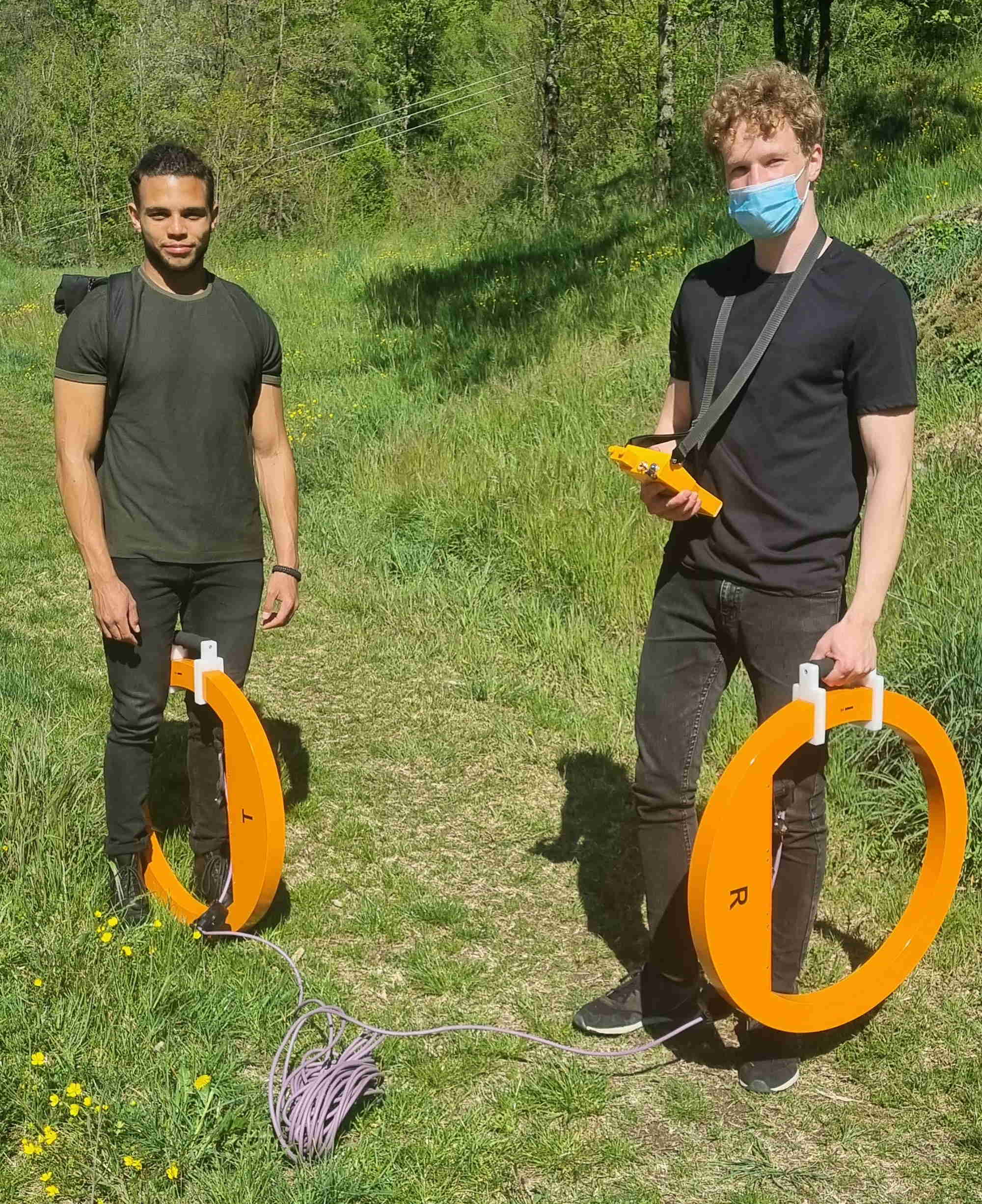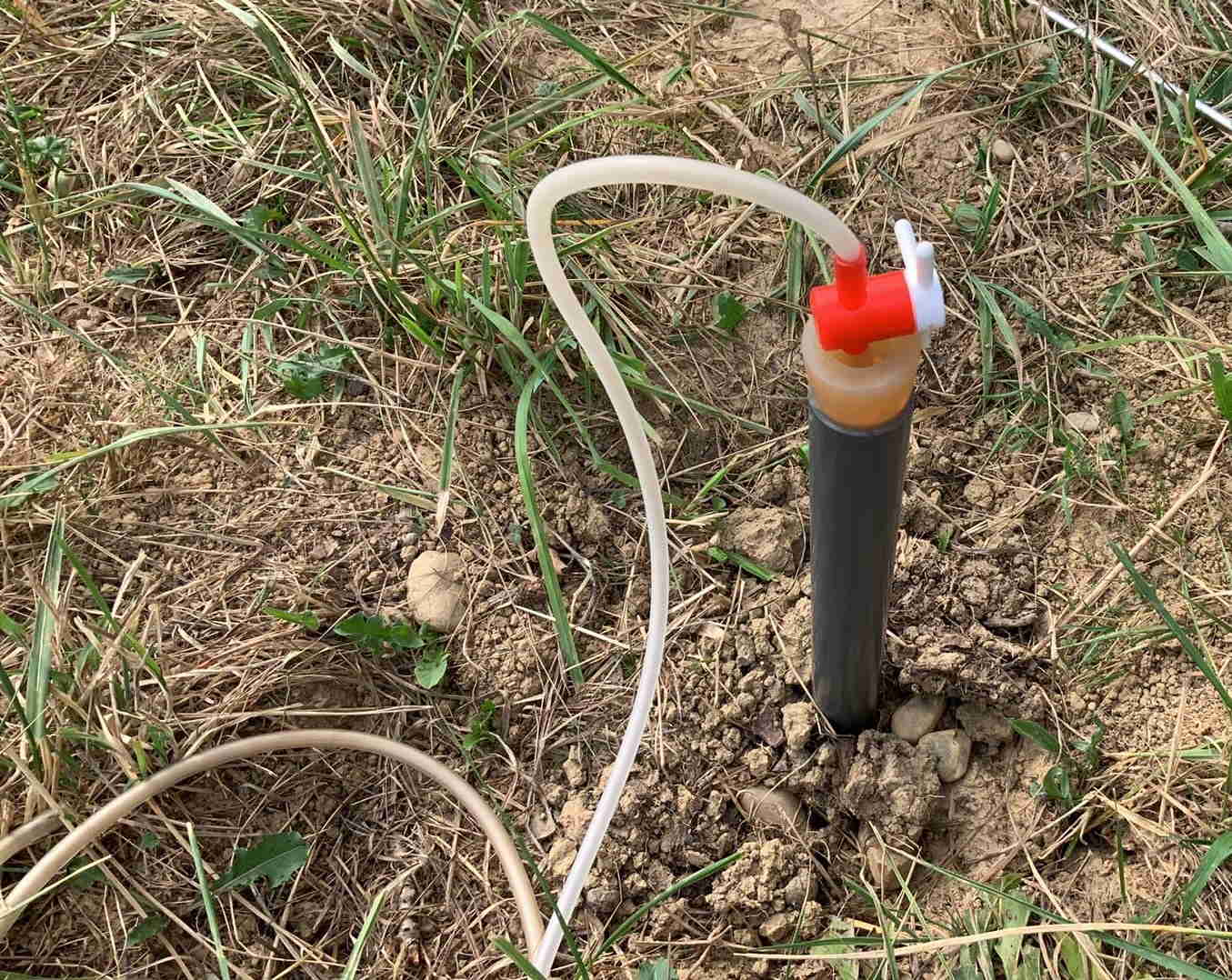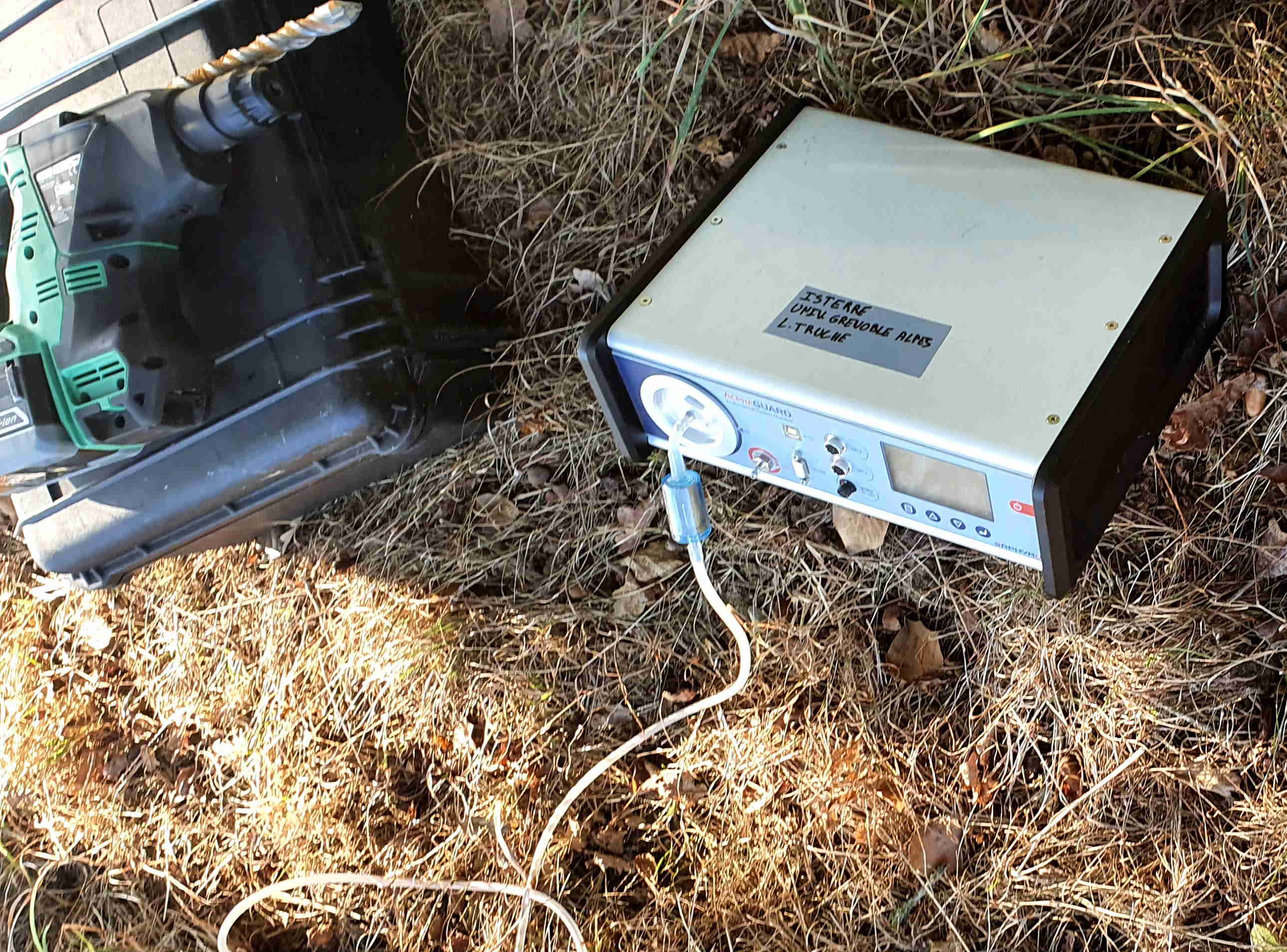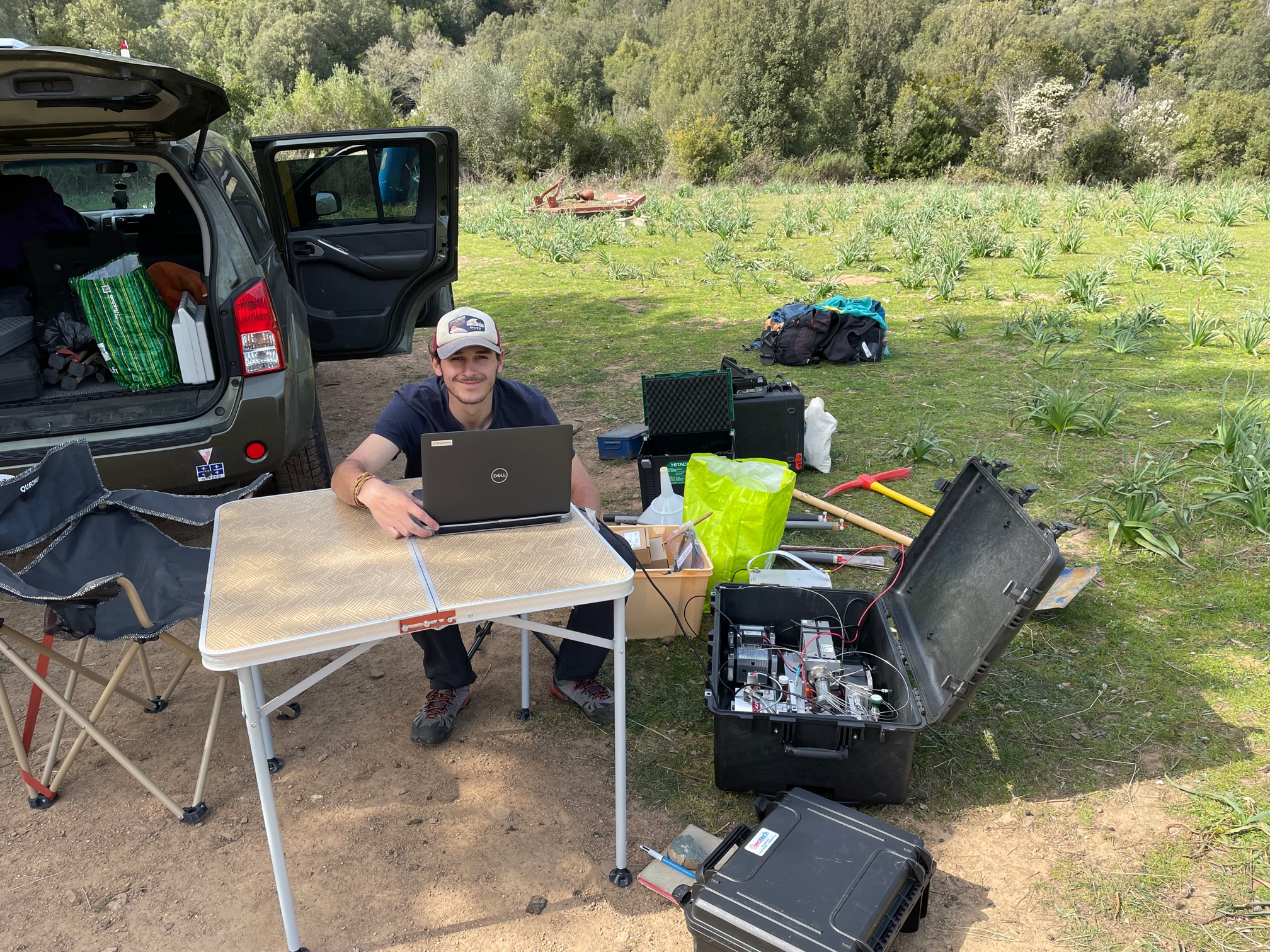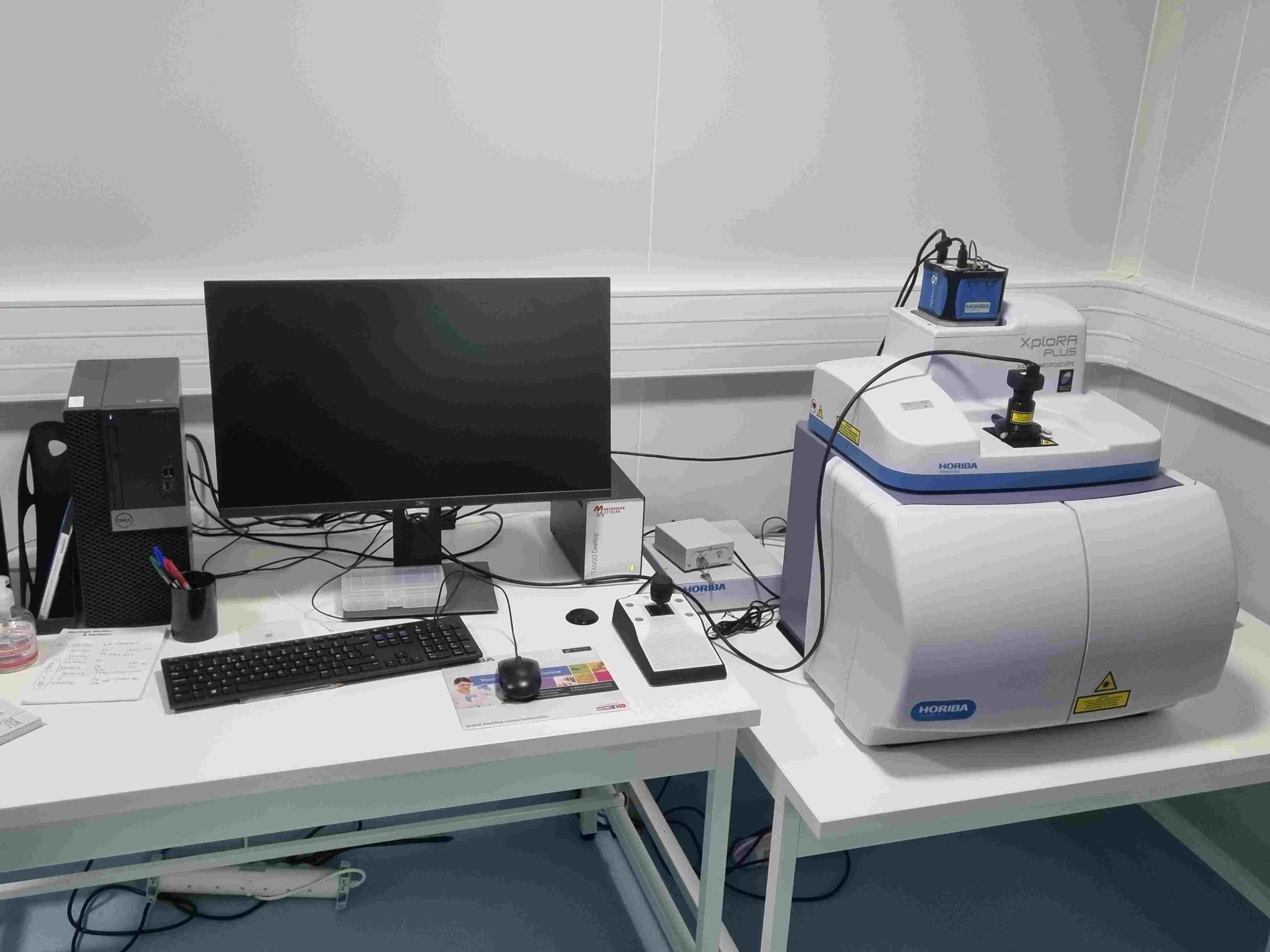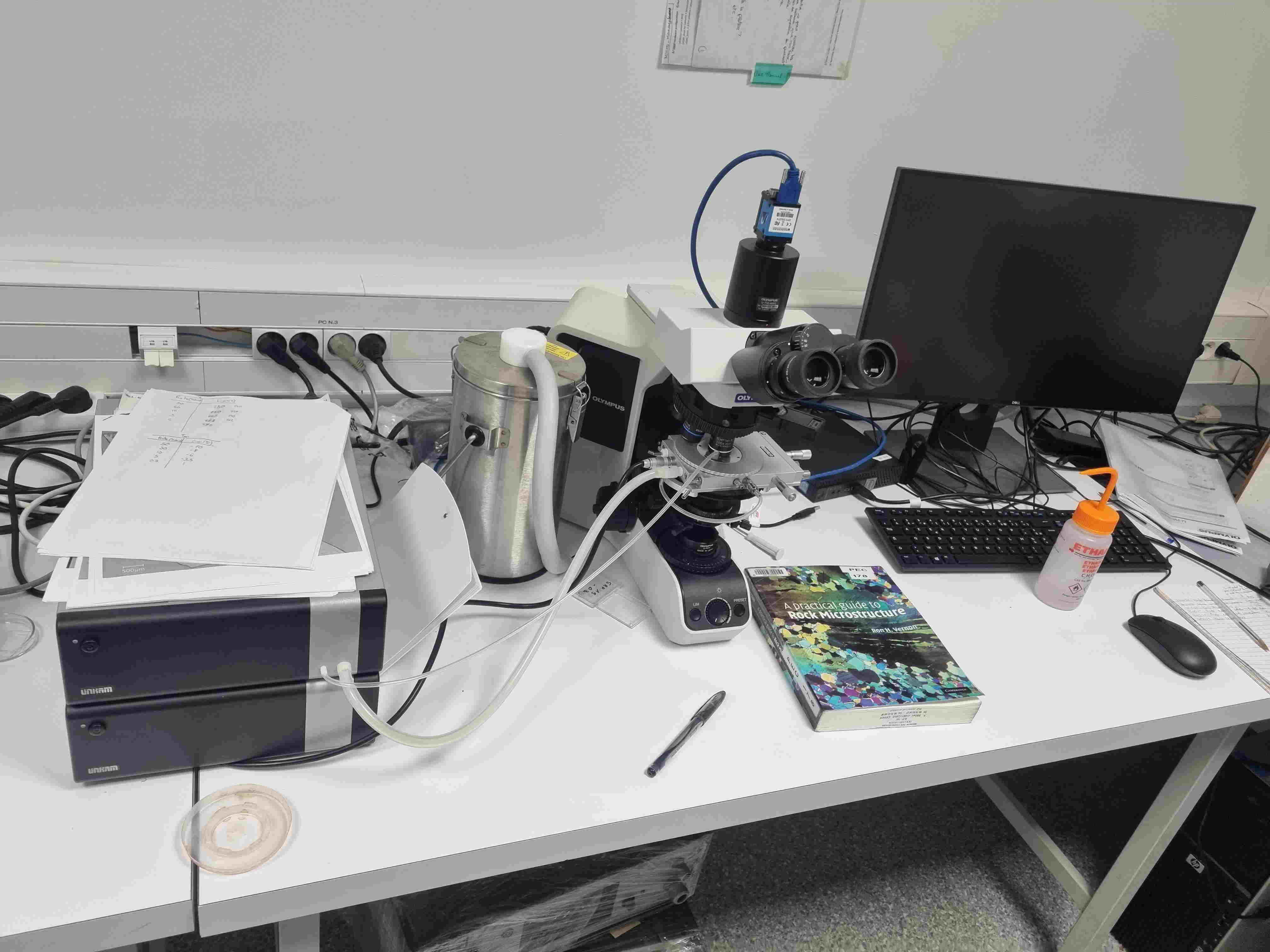Home
> Presentation
> Field laboratory
Field laboratory
ISTerre H2 mobile laboratory
Geophysics
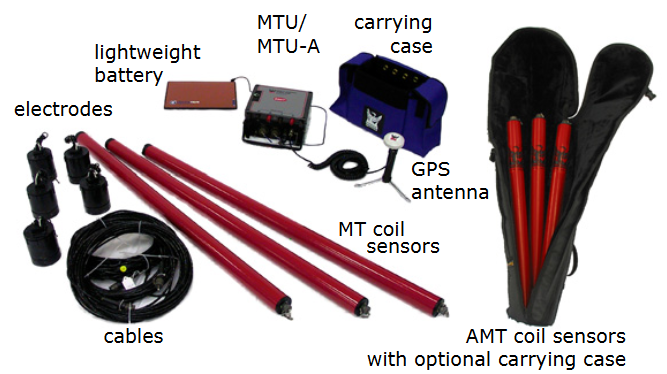
|
Magnetotellurics (MT) is an electromagnetic geophysical method for inferring the earth’s subsurface electrical conductivity from measurements of natural geomagnetic and geoelectric field variation at the Earth’s surface. We use the MTU-5C developed by Phoenix Geophysics. |
| The CMD-DUO conductivity meters is used for fast contactless measurement of ground conductivity and in-phase (closely depending on magnetic susceptibility). Measured data can be used for conductivity maps from one or several depth levels and for conductivity sections. It can be assembled with three intercoil spacings to achieve three different depth ranges. Thus we can measure with 15, 30 or 60 m effective full depth range (Hi position) and 7.5, 15, or 30 m effective half depth range (Lo position). |
Installation of the gas gathering devices
| The Shaw Backpack Drill is the handheld portable core drill we use. This core drill can be used in many remote locations that a large drill rig can not be taken. The Shaw portable core drill, 41 mm OD drill string, can be comfortably advanced to a depth of 20 m. |
| Installation of tubes to measure H2 concentrations and flows. |
Onsite gas analysis
| The multi-gas detector GA-5000 is equipped with two different sensors: 1) an electrochemical cell for H2, CO, H2S, and O2 concentration measurements, and 2) a dual wavelength infrared sensor for CO2 and CH4 concentration measurements. |
| The AlphaGuard DF2000 device is equipped with a pulsed ionization chamber (internal volume of 0.62 L) and a fiberglass selective filter. The radon (222Rn) measurement range is between 2 to 2 ×106 Bq.m-3 with uncertainty variability of 5 cpm at 100 Bq.m-3. The analysis is based on the decay of 222Rn to 218Po resulting in the emission of α-particles which can be measured by the instrument. Relative humidity, atmospheric pressure and temperature are simultaneously measured. |
| The miniRUEDI is a portable mass-spectrometer system for quantification of the partial pressures of He, Ar, Kr, N2 , O2, CO2, CH4, H2, etc. in gaseous or aqueous matrices. The instrument is designed for environmental research. The gases are continuously sampled at atmospheric pressure using a very low flow rate, which minimizes interference with the natural mass balance of gases in environmental systems, and allows the unbiased quantification of dissolved-gas concentrations in water by gas/water equilibration using membrane contactors. |
Advanced complementary laboratory analysis
| Raman spectroscopy for fluid inclusion analysis. Equipment to be upgraded soon. |
| Water-rock-gas interactions under hydromthermal conditions. H2 abiotic reactivity (generation and consumption). |
| Fluid inclusion and paleofluid microthermometry. |
Updated on 16 November 2022



